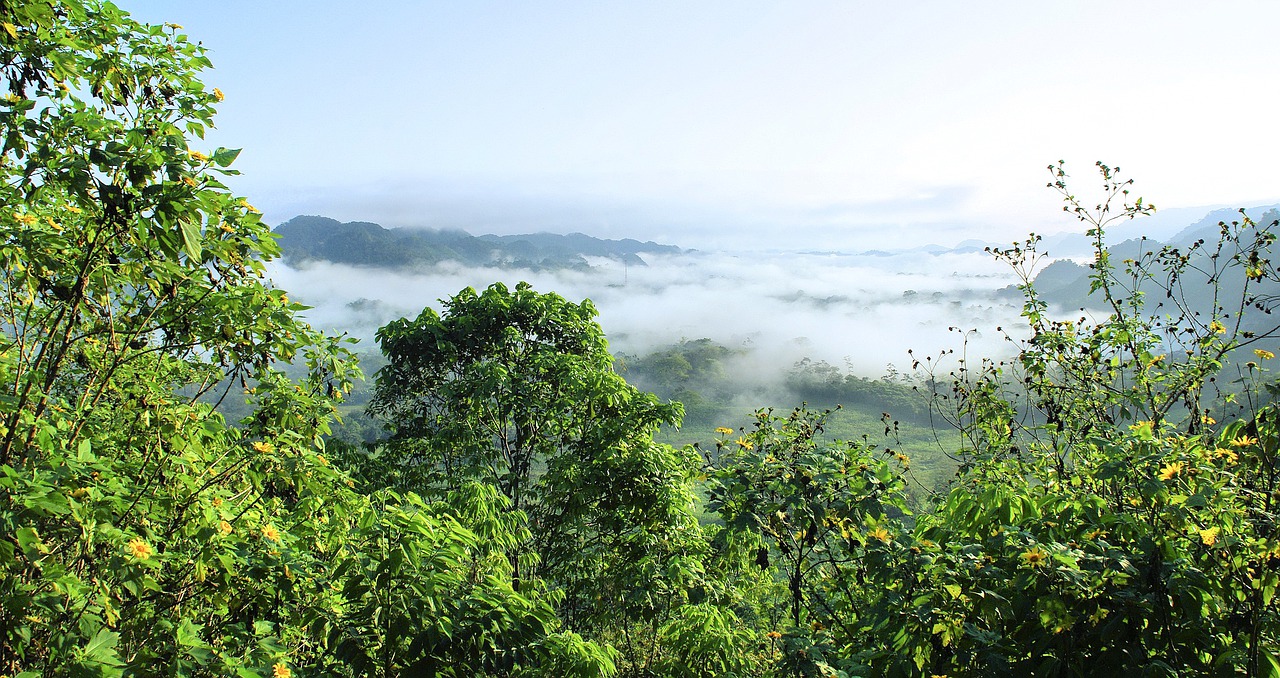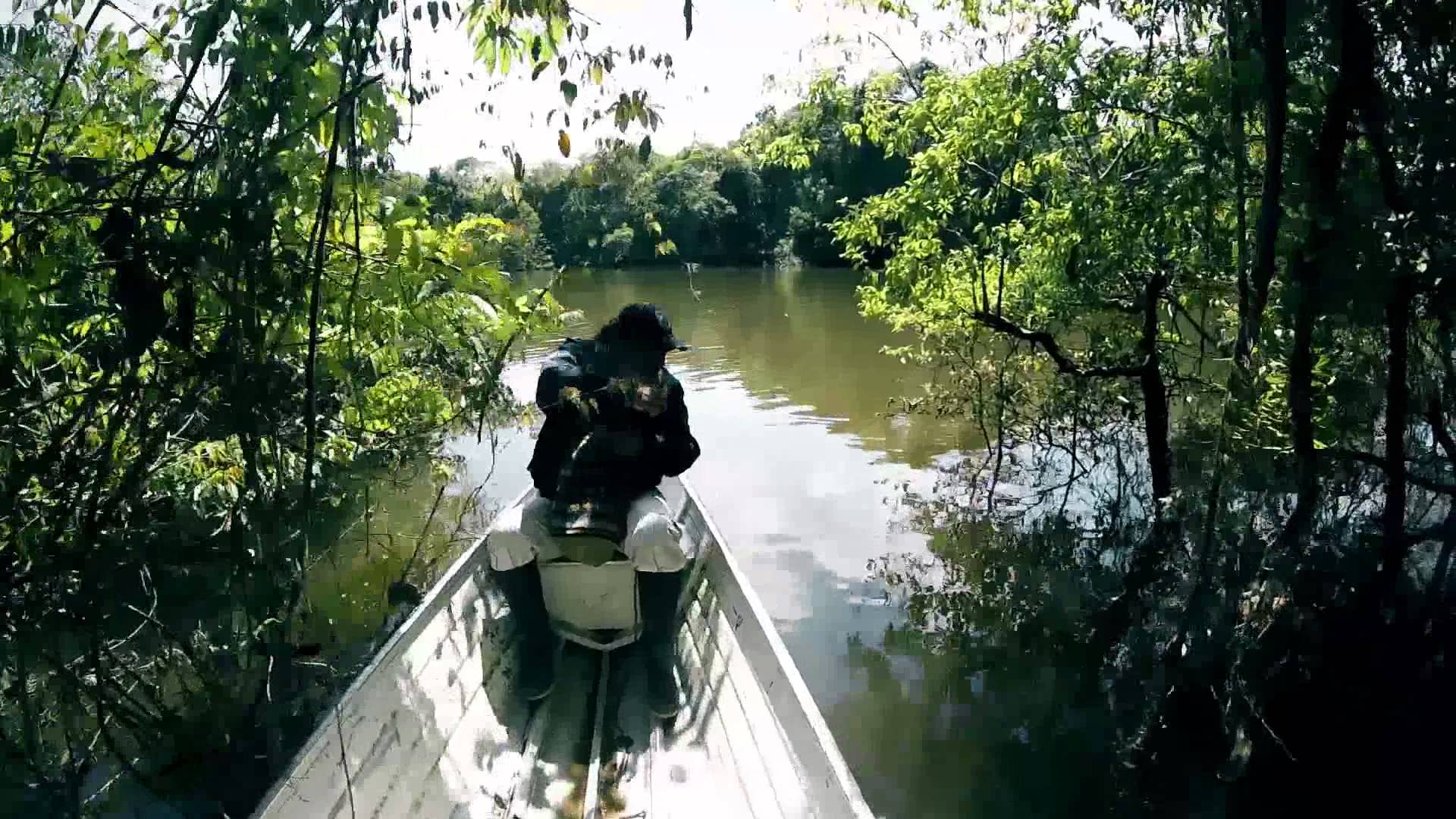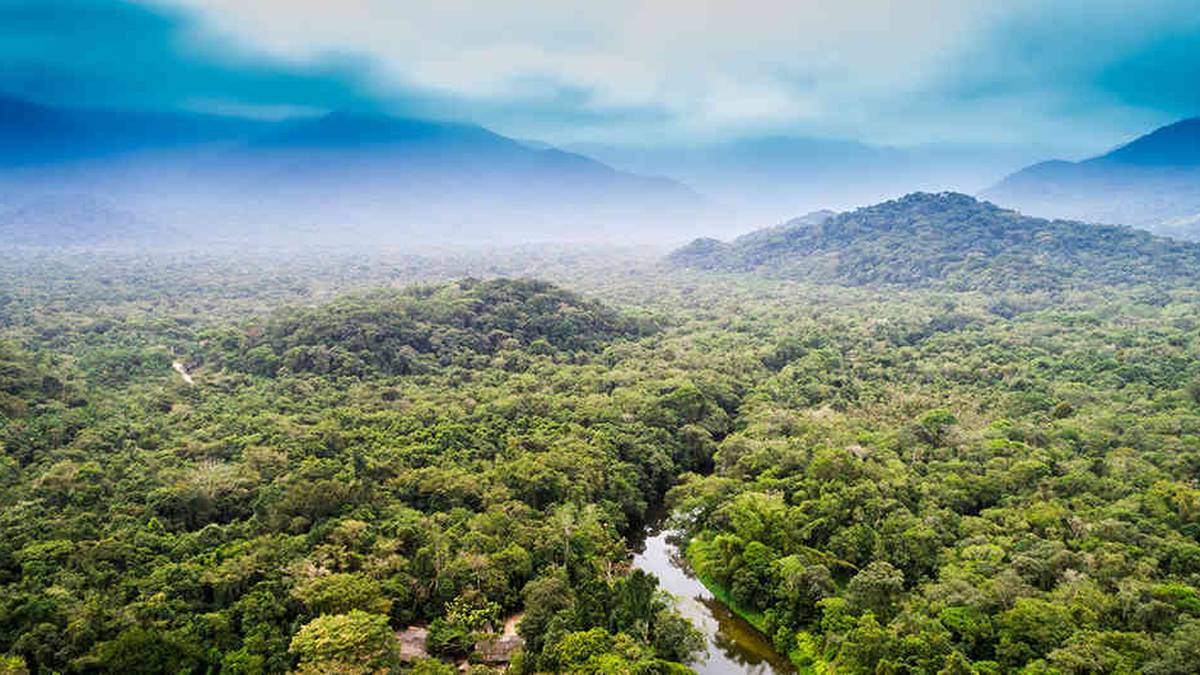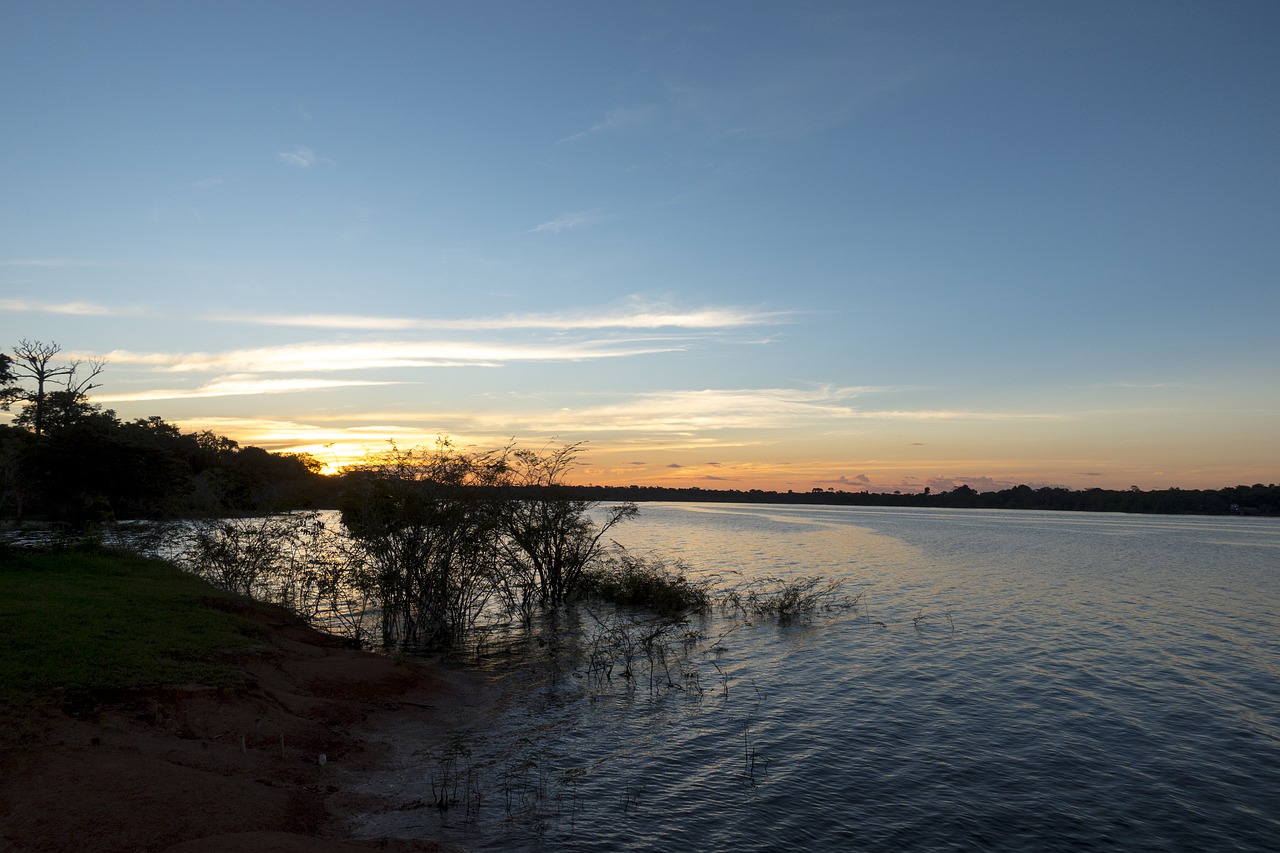
About 50% of the territory of Colombia it is occupied by the extensive and dense forests. It is the Colombian Amazon, located in the southernmost part of the country. Its flora and fauna are invaluable natural treasures that have led the country to be classified as one of the most biodiverse places on the planet.
In an effort to protect this heritage, the different governments of the country have created a series of parks and nature reserves that have helped to conserve the natural wealth of the Colombian Amazon, but also its cultural influence, since there are many indigenous peoples that still inhabit this region.
The Amazon is one of the six natural regions of Colombia. In turn, this is part of a much broader natural complex, the Amazon, which extends to other South American countries such as Brazil, Venezuela, Ecuador, Guyana, Suriname, Peru and Bolivia.
With more than 480.000 square kilometers of extension, it occupies no less than 40% of the total surface of the country. And yet it is the least inhabited area of Colombia, a region that humans have not yet managed to fully domesticate.
There are a dozen parks and nature reserves in the Colombian Amazon. These are the most important:
La Paya National Park

By canoe on the waterways of La Paya National Park
It is located in the department of Putumayo and has an area of 422.000 hectares. It's considered the area with the greatest diversity of fauna in the world, with hundreds of species of mammals, about fifteen hundred species of birds and more than two million types of insects.
No less spectacular is its flora, characterized by trees whose crowns rise almost a hundred meters high. The La Paya National Park It also offers spectacular landscapes and an intricate network of rivers, lagoons and navigable lakes where they inhabit anacondas and black alligators.
Amacayacu Natural Park

The pink dolphin, the "star" of the Amacayacu Natural Park
This park is situated in what is probably the most remote and inaccessible region of Colombia, an area of thick jungle where the borders of this country are diluted with that of neighboring Brazil.
Among other things, the Amacayacu Natural Park owes its fame to the presence of a unique species in its rivers and lagoons: the pink dolphin. There are many tourists who venture into the heart of the Colobian jungle to be able to contemplate this unique aquatic mammal in the world from the observation platforms.
In addition to the pink dolphin, this park is home to more than 500 species of birds and an as yet undetermined number of freshwater fish. It is also home to jaguars, otters and manatees. And of many monkeys that can be visited in the Mocagua island, famous for its lotus flowers.
Cahuinarí National Park

It has an area of 575.500 hectares and is located in the department of Amazonas. Large tree species grow there with more than 40 meters in height. In the Cahuinarí National Park some of the most outstanding rivers of Colombia such as the Pamá, the Cahuinarí or the Caquetá.
Regarding the fauna, the tropical humid climate of the park favors the development of insects and reptiles. It is the territory of boas and anacondas. Other representative species are the jaguar and, in the rivers and lagoons, the fearsome piranhas. The park is also home to various indigenous communities of the Bora-Miraña ethnic group.
Nukak National Nature Reserve

The Nunak region is bounded by large river courses
This reserve is located in the department of Guaviare. It is triangular in shape and its limits are marked by the course of the Inírida river to the north, the Bocatí, Aceite and Papunaua rivers to the east, and the Guacarú and Inírida rivers to the west.
On the other side of the Inírida lies the Puinaway Natural Park, with more than a million hectares of savanna and Amazon rainforest, right on the border of Colombia with Brazil.
It is estimated that some two thousand indigenous people live, following their traditional ways of life, within the limits of the Nukak National Nature Reserve. This is the Maku ethnic group, the only indigenous people in Colombia that still survives thanks to the sustainable use of natural resources and transhumance through the Amazon rainforest.
In addition to these large parks, in the Colombian Amazon we must also highlight fabulous and exuberant places such as the Sierra de Chiribequete Natural Park, where some tepuis rise, the Río Puré National Natural Park, a wildlife sanctuary south of Cahuinarí, or the Serranía de los Churumbelos Auka-Wasi National Natural Park, one of the last protected areas to be created within the System of National Parks of Colombia. It is home to no less than a quarter of all the birds in the country.